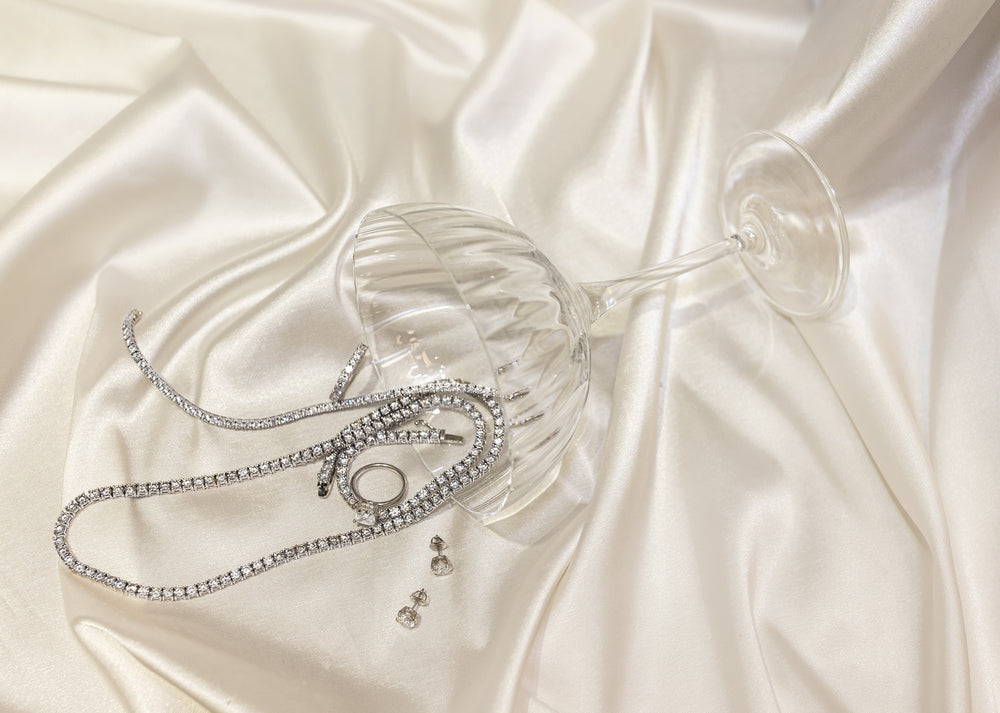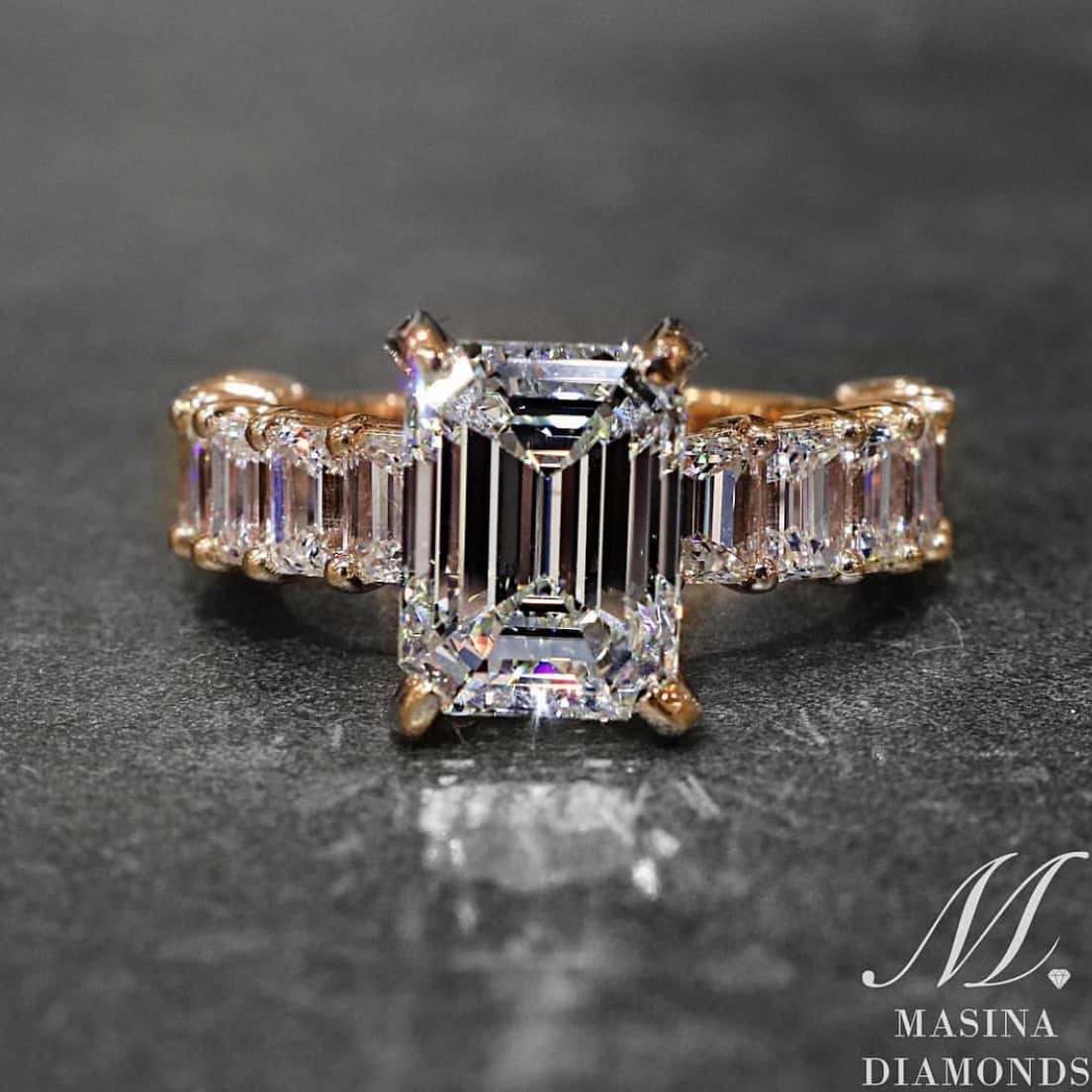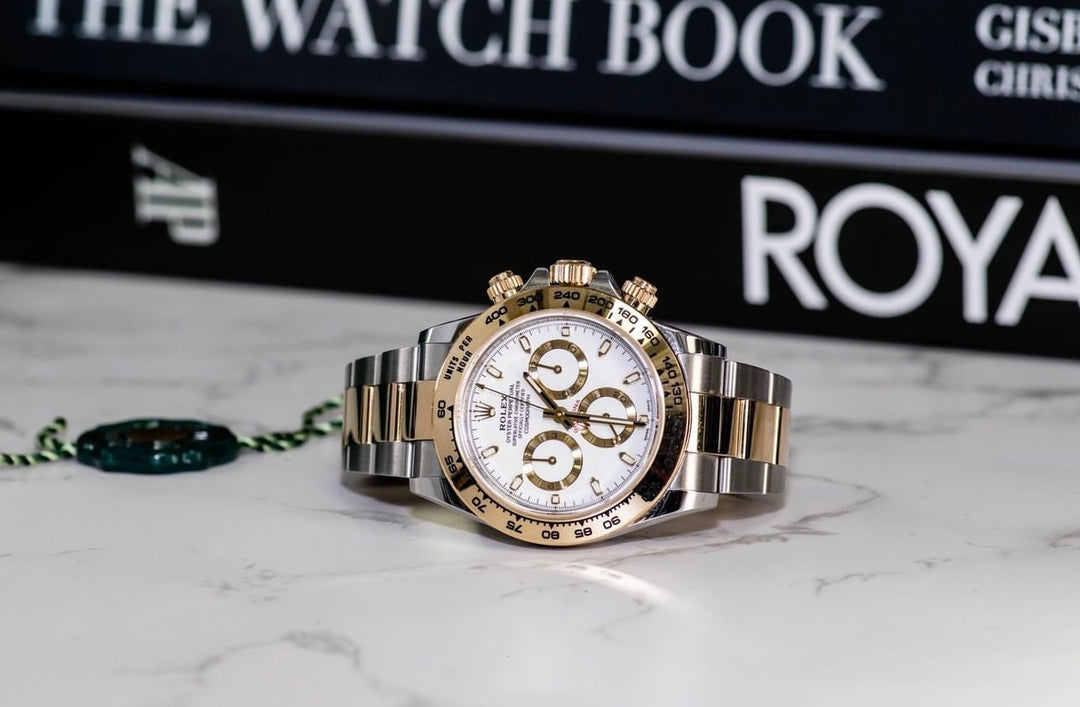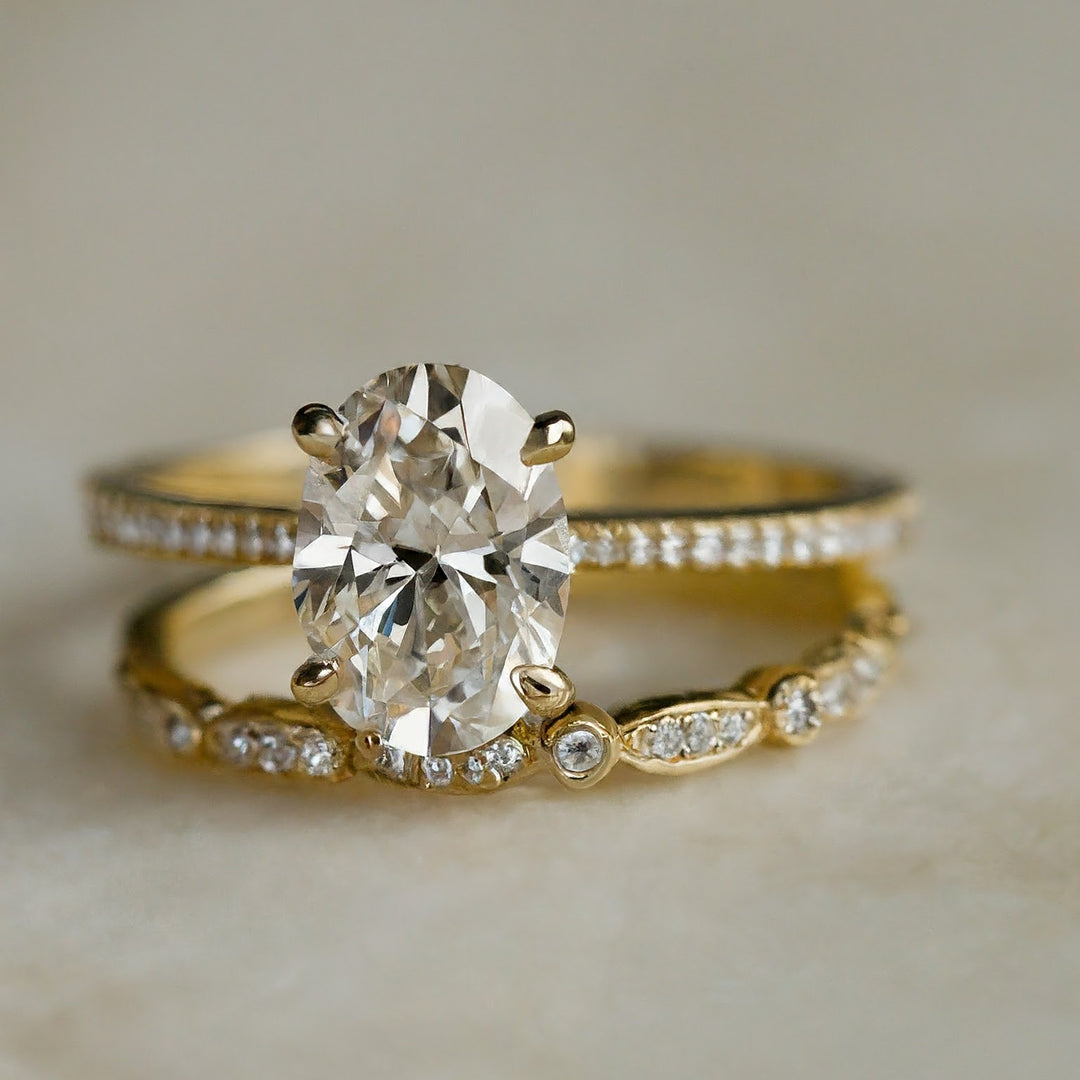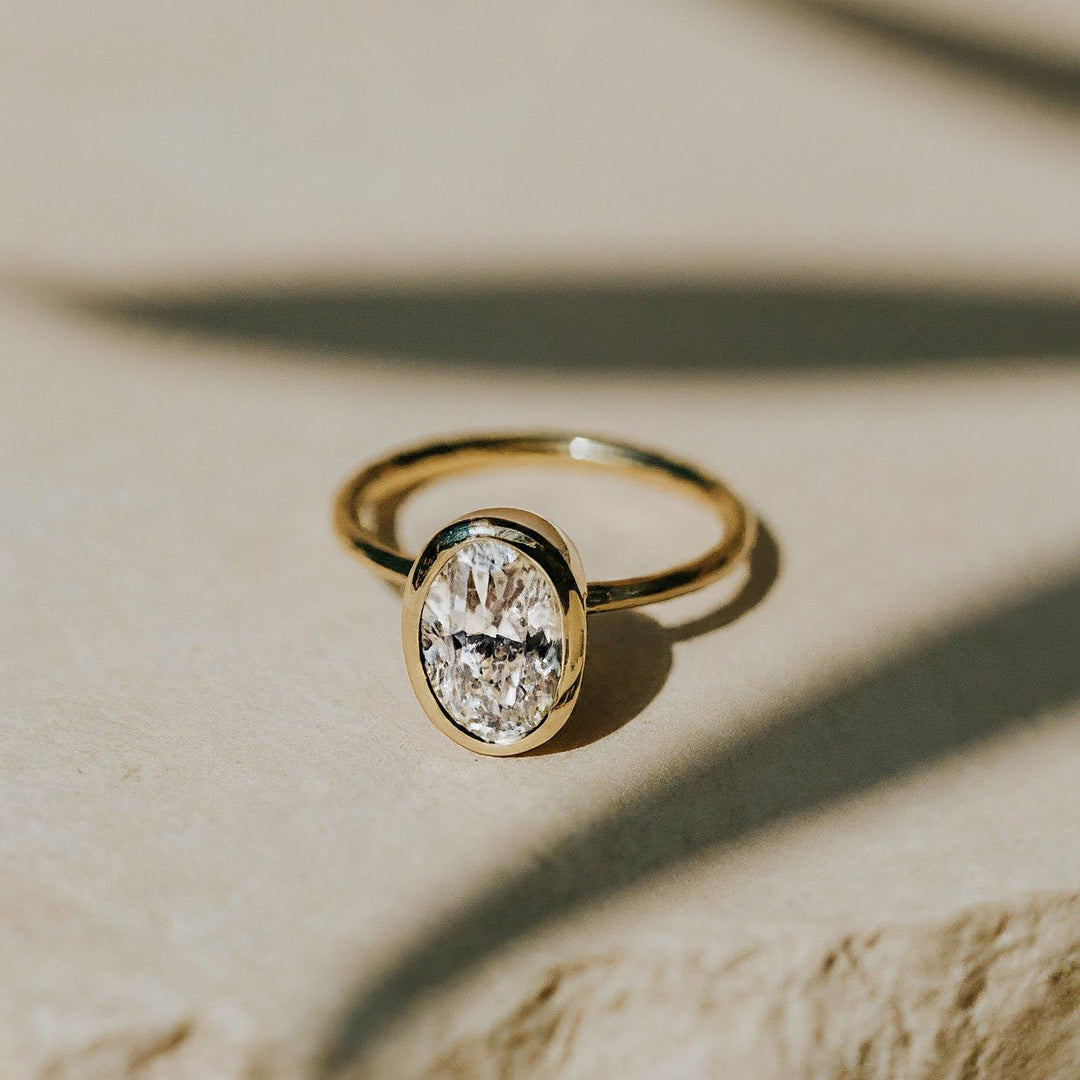A Complete Guide to Engagement Ring Band Widths
80% of brides-to-be admit they drop hints about what they'd prefer for their engagement rings. And 70% of them are involved in either selecting and/or purchasing the ring itself! Whether you're the one who's about to propose or you're the one who's going to be wearing the ring, one thing's clear: you need something that's beautiful and flattering.
If you're shopping for an engagement ring soon, then you'll want to keep reading. We'll give you a guide to engagement ring band widths so you choose the perfect one!
What's the Average Width of an Engagement Ring Band?
First off, you should get a general feel for what the average width of engagement ring bands is. You can technically get bands of up to 20 mm in width. But typically, brides like to get anywhere from 1.5 mm to 5-6 mm for the width. As you can see, even though the difference is only half a centimeter, it'll make a huge difference when the ring's on your finger. Just like with trends in fashion and makeup, the average width will change with time. Sometimes, it'll be thicker, and other times, it'll be thinner.
At the moment, brides are favoring the thinner side. Jewelry stores are seeing lots of engagement rings being sized at around 1.7 mm. Most commercial rings are sized at 2.5 mm.

Pictured are three 1.25 carat round diamonds placed on different engagement ring widths.
What Are the Current Trends for Engagement Ring Band Widths?
As we've touched upon in the above section, the current trend for engagement ring band widths is thin! Another trend is stackable engagement rings, which may contribute to the popularity of thinner ring band widths. Whether you want to follow the crowd or you want to stand out from it, there are both advantages and disadvantages to choosing thin or thick bands. We'll discuss them in the following sections.
What Are the Advantages of Choosing a Thin Band Engagement Ring?
When you choose a thin band engagement ring, it'll give you a more sophisticated and feminine look. There's a preconceived notion that women's fashion is more dainty while men's fashion is bolder. So whenever people see your thin band, they'll automatically associate it with femininity.
A thin band can also makes whatever gem you choose as the main focal point look a lot larger. This is because it provides a distinct contrast between the two. When the band is closer in size to the center stone, everything looks more uniform, which gives less of a dazzling look to the stone.
In addition, this type of engagement ring band is well suited for people who like simple designs. It also makes it easier to stack other rings, as this ring won't take up much room on the ring finger. Plus, it'll compliment smaller hands and/or slimmer fingers.
Lastly, because there's less material, it'll cost you less than if you bought a thicker band. So if you have a tight budget and want a simple design, then it's a win-win situation for you to pick a thin band engagement ring.
What Are the Disadvantages of Choosing a Thin Band Engagement Ring?
Although thin band engagement rings come with a myriad of benefits, they do have their caveats.
For example, the thinness makes the ring more susceptible to damage, such as cracking and bending. So you have to be very careful while wearing it; you might have to take it off if you have a career and/or hobbies that are high contact. Or you might have to compromise and make the band a little bit wider than you'd like.
Also, if you want to go with a thin band, you might be more limited in design choices. Because there's so little material to work with, it can be difficult to resize in the future too.

What Are the Advantages of Choosing a Thick Band Engagement Ring?
If you're into bolder, more contemporary styles, then a wide band can be a unique choice for an engagement ring. Because there's extra material, this means the ring is sturdier and can withstand the tests of time better. You'll have more choices when it comes to the types of metal you want. Not to mention, you'll also have more options when it comes to the type of stone you want too.
What Are the Disadvantages of Choosing a Thick Band Engagement Ring?
As you may have guessed, a thick band engagement ring will cost you significantly more than a thin one. This is because a lot more precious metal needs to go into the ring. However, you can always mitigate the costs by compromising on the settings of the ring. Also, your finger isn't one uniform shape. The wider the band, the harder it'll be to fit on your ring finger. Because of this, you might feel uncomfortable throughout the day while you're wearing your ring.
Lastly, if you have small hands and/or thin fingers, a thick band engagement ring won't look aesthetically pleasing. It can dominate your hand and make your hands look even smaller. On that note, it can also make the ring look clunkier than it really is.
Choose the Right Engagement Ring Band Width
After reading about the various engagement ring band widths, you should now hopefully have a better idea of what you want. While current trends lean toward thinner band widths, that doesn't necessarily mean you have to follow what everyone else is doing. Thin engagement rings certainly have their plus points, but in the end, what really matters is you pick a ring width that's perfect for your tastes!
Would you like to try out the different engagement ring band widths in person? Then book an appointment with us now. We'll dedicate 90 minutes to helping you out!


